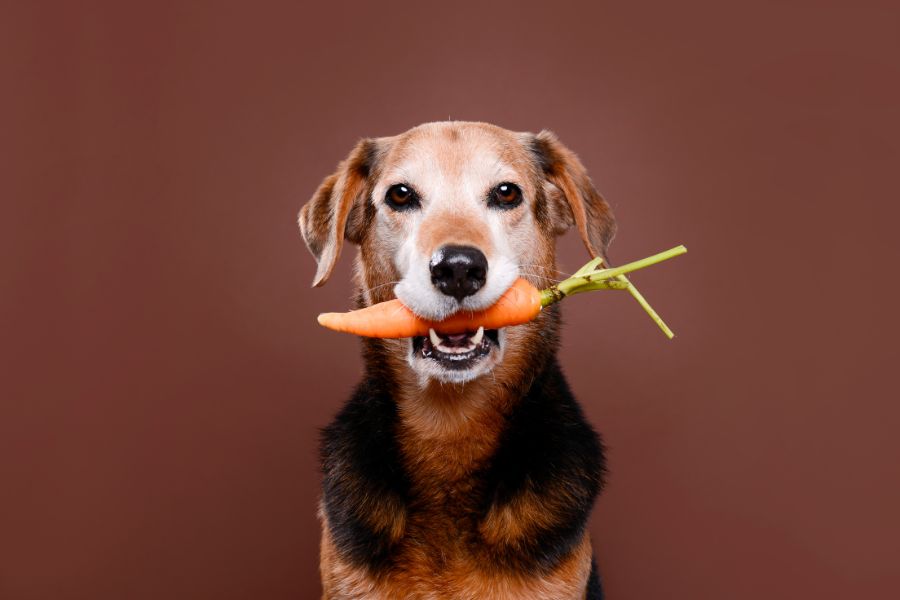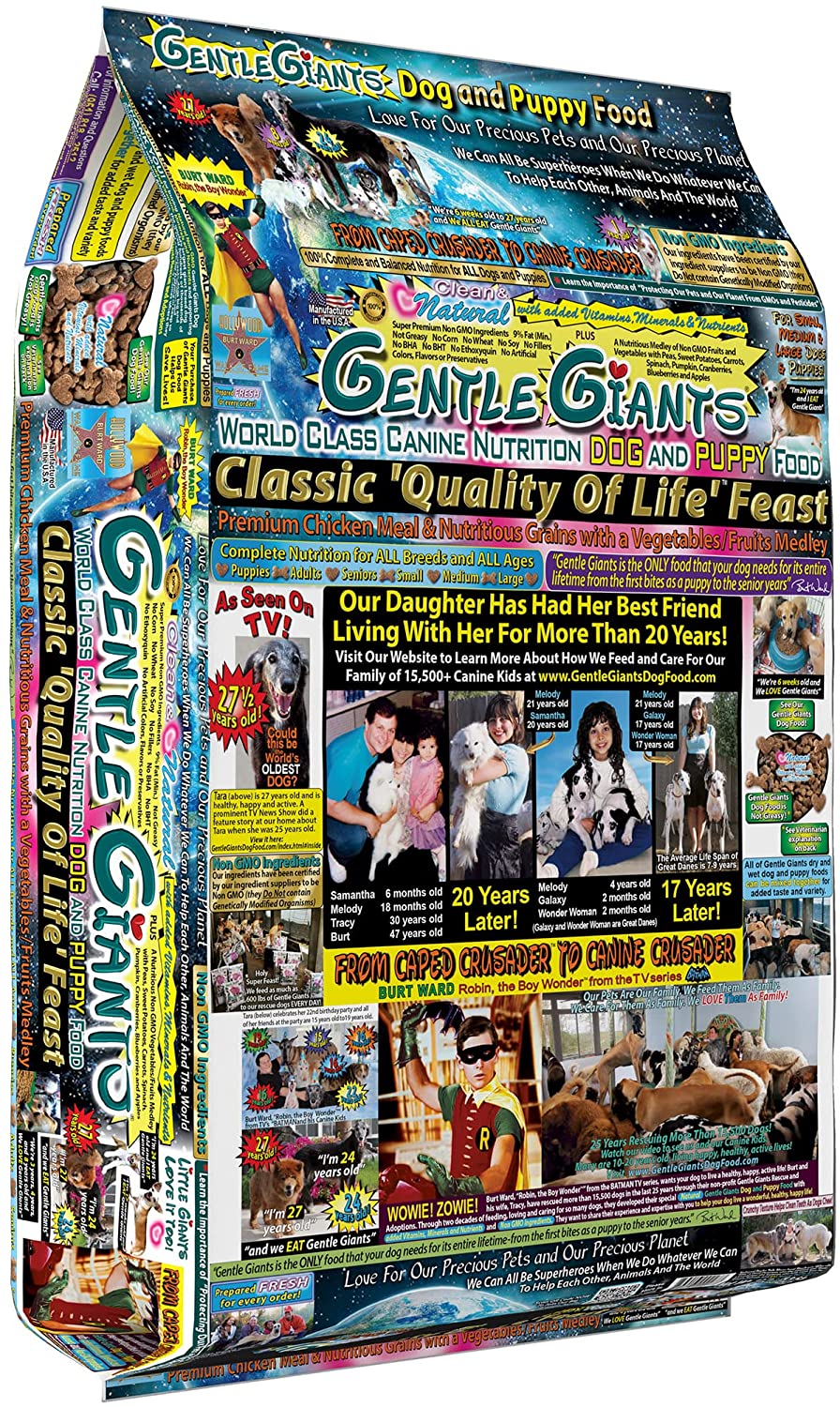
When it comes to choosing the best food for your furry friend, the label on the dog food bag can be your first clue. However,

When it comes to choosing the best food for your furry friend, the label on the dog food bag can be your first clue. However,

Ensuring our furry companions receive a balanced diet is essential for their overall health and well-being. While meat is typically the primary component of a

In the wake of the social media frenzy about Purina Pro Plan, I was encouraged to create a pet food safety series (of which this

It’s no secret that I’ve become a passionate advocate for good nutrition when it comes to my dogs. At one time I fell for some

Those of you heavily invested in dogs (as we are) have probably heard about the FDA and DCM as it relates to grain-free dog foods

Embarking on the journey of preparing homemade dog food for Great Danes can be a well-intentioned endeavor, driven by the desire to offer these magnificent

Today, we’ll be providing a comprehensive Gentle Giants dog food review, offering fresh insights to help you make an informed decision when choosing food for

Overweight and fat Great Danes face serious health risks to their longevity and life. Did you know that Great Danes are one of the breeds